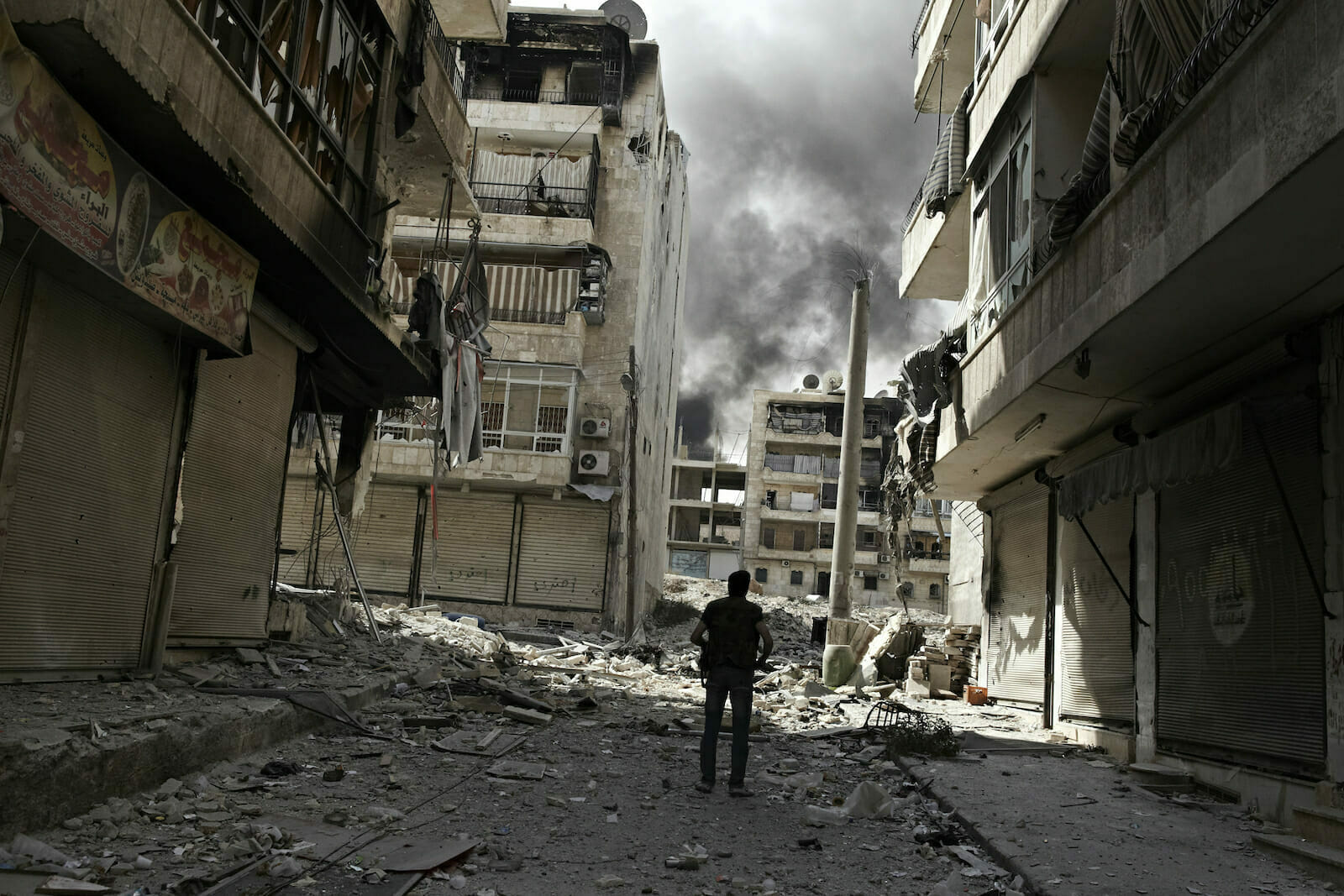
Living on Watermelon and Lemons in Syria
If you think Lebanon is in bad shape…look next door in Syria. World Vision reports that “About 5.6 million Syrians are refugees, and another 6.2 million people are displaced within Syria. Nearly 12 million people in Syria need humanitarian assistance. At least half of the people affected by the Syrian refugee crisis are children.”
Lebanon has to take its share of the credit for the economic decline in Syria: its plunging currency and shortages of basic necessities have driven the Syrian pound crashing and it is estimated that 83% of the population lives below the poverty line. An average monthly salary in Syria can today only buy a watermelon and two kilos of lemons, or two watermelons, or four kilos of lemons…you get it…the people are on the edge of starvation, which is why the smuggling of subsidized food and fuel products from Lebanon is spiking even at inflated prices. There is a real likelihood of famine before the end of the year – and COVID-19 cases are rising.
And here comes the “Caesar Syria Civilian Protection Act of 2019,” or the Caesar Act, designed to make Syria’s reconstruction very difficult by sanctioning companies and individuals that support reconstruction, the cost of which is now estimated at somewhere between $400 million and $1 trillion. Although there are exemptions for humanitarian needs such as food and medicine, NGOs and companies are reluctant to be caught in the uncertain wording of an untested law. The first sanctions are to be announced on June 17, which should provide the first indicator of how severe the criteria are.
The war in Syria is far from over. Assad may control 60% of the country, but the U.S. and its allies have a large chunk in the northeast including much of the oil deposits and agricultural land; Turkey has large areas under its control in the north; and jihadists control Idlib in the northwest. Turkey and the jihadists are using the Turkish lira as the currency in their areas to avoid the depreciating Syrian pound, thus weakening the currency even further. As a recent Al-Monitor report mentioned, “Assad may have crushed the opposition to his dictatorial rule in 60% of the country, but in 2020, every single root cause of the 2011 uprising is not just still in place, but has worsened. Challenges to the regime’s prosperity, credibility, or survival remain in place in every corner of the country.”
There has been speculation in regional, European, and U.S. media about the stability of the Assad regime given these domestic fault lines and increasing criticism from its sponsors in Russia and Iran. They seem to be growing tired with Assad’s lack of compliance with their specific plans for Syria. With the continued financial crisis in Lebanon, the crippling levels of corruption and incompetence that riddle the regime and wider government structures, and the looming threat of the Caesar Act, their investments in the regime may become quite expensive. As Syrian activist Shoueb Rifai noted, “Assad’s biggest risk is no longer what Putin wants, or what Iran wants, or what regional powers are scheming. It is his own people, sitting in a pressure cooker.”

